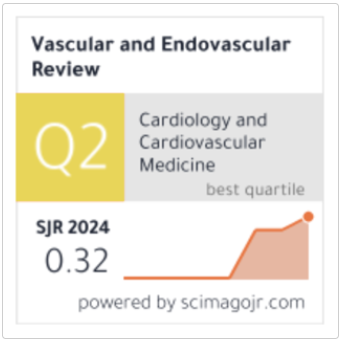Assessment of protective effects of milk thistle (Silybum marianum) extract against chemically induced liver damage in laboratory rats
Keywords:
Hepatoprotection, Silymarin, Antioxidant, Carbon tetrachloride (CCl₄), Dose-dependent.Abstract
Background: In both experimental and clinical settings, liver damage brought on by xenobiotics like carbon tetrachloride (CCl₄) continues to be a significant problem. The silymarin-rich milk thistle (Silybum marianum) extract is well known for its anti-inflammatory, antioxidant, and Hepatoprotective qualities.
Aims: This study evaluated the Hepatoprotective effects of a standardized 80% silymarin milk thistle extract at low 200 mg/kg, medium 400 mg/kg, and high 600 mg/kg doses in Wistar rats experiencing acute CCl₄-induced liver injury.
Materials and methods: Fresh seeds of Silybum marianum (milk thistle) were collected from mature plants in the city of Ramadi during the peak flowering season. The plant material was authenticated through botanical identification, and voucher specimens were deposited in the institutional herbarium.
Results: The milk thistle extract demonstrated significant, dose-dependent protective effects against CCl₄-induced hepatotoxicity. Treatment led to the normalization of serum liver enzymes (ALT, AST, and ALP), bilirubin levels, and lipid profiles. Furthermore, there was a restoration of the activities of antioxidant enzymes (SOD, CAT, and GPx) and levels of glutathione. Histopathological examination revealed preservation of liver architecture and reduced necrosis and inflammation, particularly at the highest dose. These biochemical and histological improvements were strongly correlated, confirming the efficacy of the extract.
Conclusion: Standardized milk thistle extract offers robust, dose-dependent hepatoprotection against chemically induced liver damage in rats, primarily through antioxidant, anti-inflammatory, and membrane stabilizing mechanisms. These findings support its potential use as a preventive and adjunctive therapy for chemical- and oxidative-stress-induced liver injuries.








